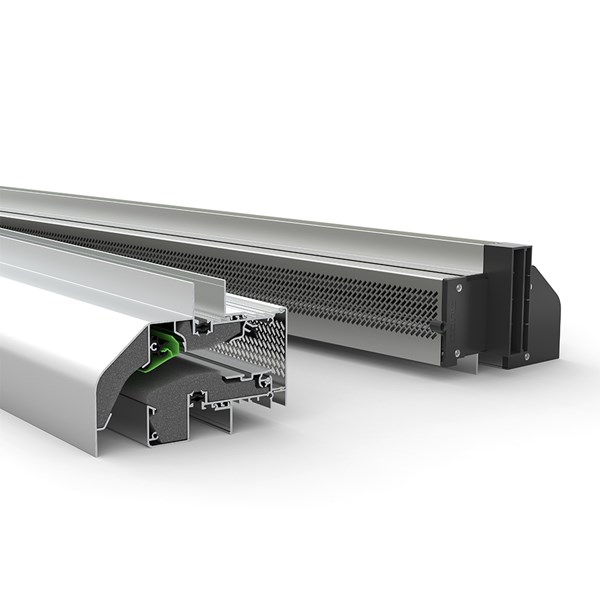
GlasVent 100 SR AK
- Glass thicknesses from 8 to 56 mm
- Can be combined with vacuum glass
- Ideal for renovation
638442863879415214.png?width=&height=&mode=crop)
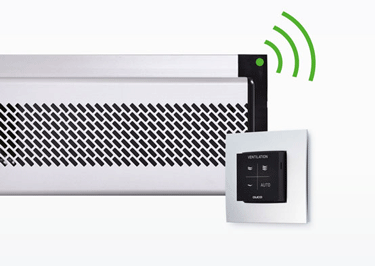
Have you ever wondered how to optimise the performance of a sound-absorbing window vent? You are not the only one! Acoustic performance depends first and foremost on the right choice of window vent. It is also about choosing the right vent at the right location in the house. Installing the vent correctly and knowing how to use it for optimum results. Fortunately, DUCO has a number of tools and tips to help you do just that.
The main purpose of a window vent is to provide and/or regulate proper airflow. At the same time, they are designed to withstand rain and wind, mainly when closed. They are essential for drawing in fresh air to create a healthy indoor environment.
But noise pollution is also an important criterion when choosing a vent.
And when it comes to high noise levels, prevention is definitely better than cure. After all, continuous urban development brings a lot of traffic and other environmental noise. What many people do not know is that long-term exposure to noise and poor acoustics has a non-negligible negative effect on people's health and comfort.
At DUCO, we are aware of these consequences and are doing something about them.
First of all, DUCO's many varied acoustic products ensure acoustic comfort thanks to durable damping material. Moreover, due to their extensively tested material, they do not cause allergic reactions. Nice touch, right?
You can additionally choose from a portfolio of window vents with different acoustic values. Depending on the living situation (high or low noise level), you can thus choose the vent that fits your situation perfectly. Thus, we have a tailor-made solution for every construction situation.

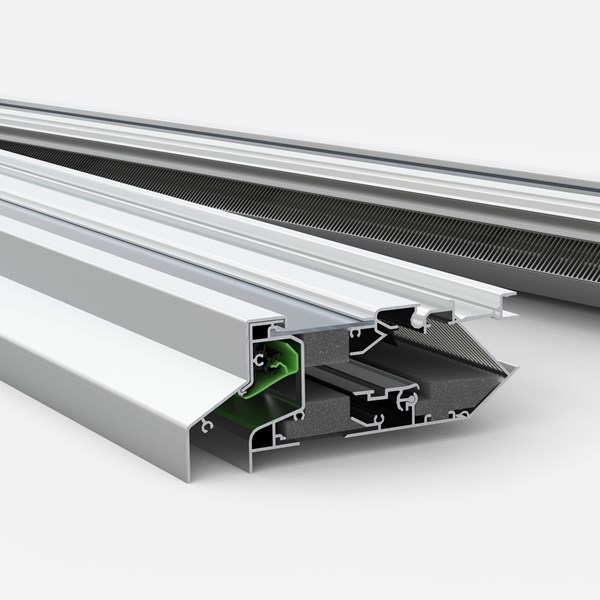

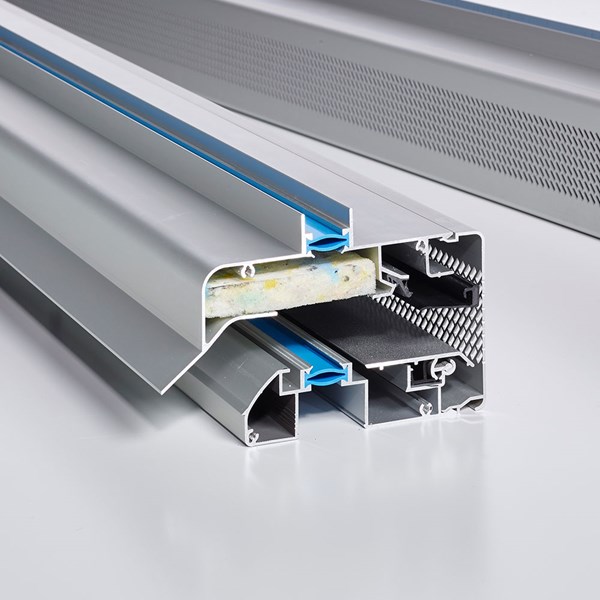
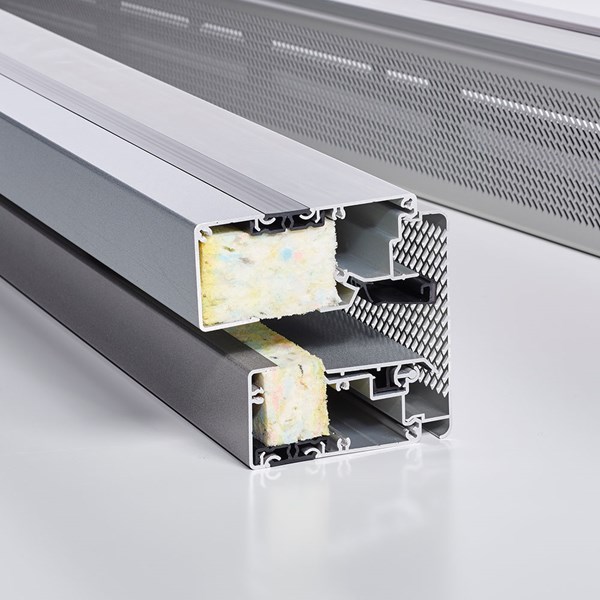
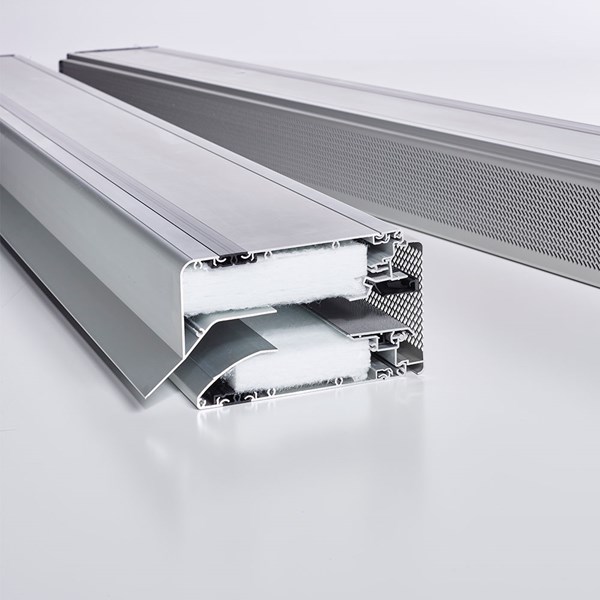
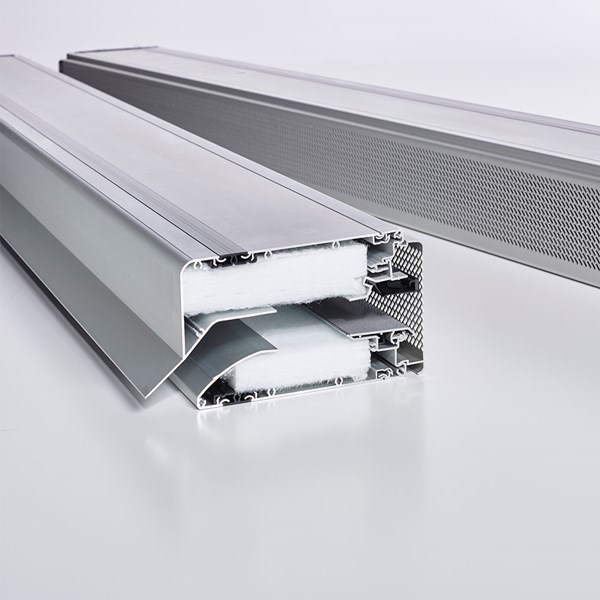
Correct placement is the silent force behind acoustic performance. Therefore, carefully follow the installation and placement instructions for each window vent. They are like a recipe for a delicious meal, but one for serenity and tranquillity.
Different vents also mean different installation techniques. So you have sound attenuating window vents with placement on the glass, transom mounting and compact transom mounting. And you have vents that are suitable for situations where there are minor noise levels or high noise levels. Considering all factors and benefits carefully is certainly not a luxury.
Be sure to take a look at our brochure with acoustic solutions.
Discover all the advantages of acoustic ventilation
Our window vents with mechanical, self-regulating SR damper avoid annoying draughts and provide energy savings. However, the resident still has to manually open and close vents with SR damper by means of the control (lever, cord or rod).
In contrast, our Tronic diffusers operate completely autonomously thanks to an integrated motor that reacts to CO2 and humidity levels in the room. Based on measured CO2 or humidity levels, these grilles open or close fully automatically. So in principle, the resident does not have to do anything here. However, it is important that they know how the grilles work and why they should not be completely sealed (airtight).

Sometimes too much wind, for example, can lead to whistling noises from the ventilation grille. This is not always attributable to the ventilation grille, but can also be due to the connection.
Some people then quickly get to work with airtight tape. But completely taping the vents shut against moisture or cold air is bad for indoor air quality.
Fortunately, to prevent whistling noises from vents in high winds, other options exist. For example, proper design and installation is essential. But regular maintenance is also necessary.
A final but also essential tip for properly installing soundproof window ventilation is to pay attention to the preliminary process. This includes the design, consultancy and positioning of window vents. During this process, it is crucial to heed advice, as found in the fact sheet. These recommendations emphasise, among other things, the installation height of the vents, based on water resistance and air velocities. It is important to consider these factors beforehand to avoid problems in the project itself.
Also be sure to check out our blogs May I switch off the ventilation system? and Poor or insufficient ventilation in your home? These are the implications for a deeper dive into the importance of indoor air quality.
Whether you are an installer, architect, specifier or builder, you all play a crucial role in creating quiet spaces. As you enter the realm of (soundproofing) window vents, remember that you are not just installing a vent- you are creating an oasis of peace and comfort. Check out our product page for inspiration and make your home or project a quieter, more comfortable place, window vent by window vent. Good luck with installation!